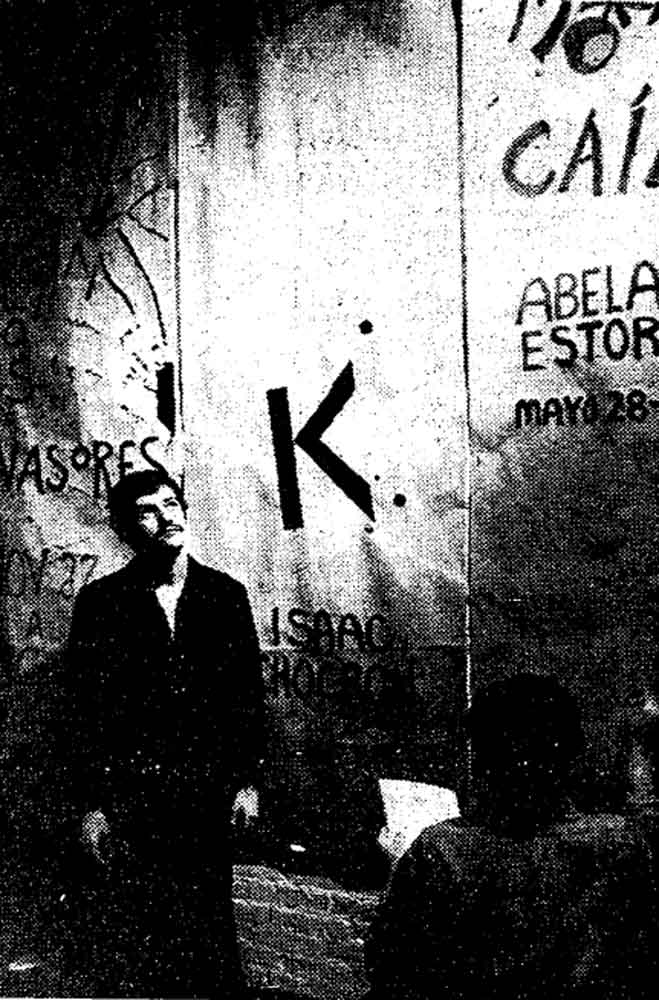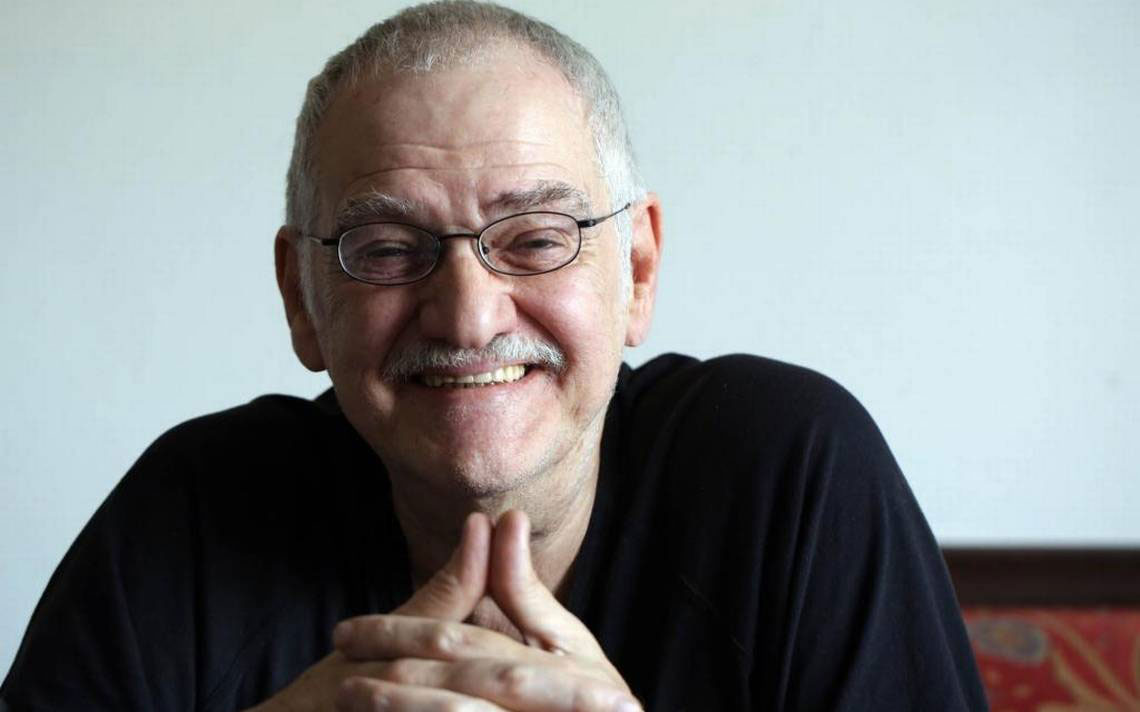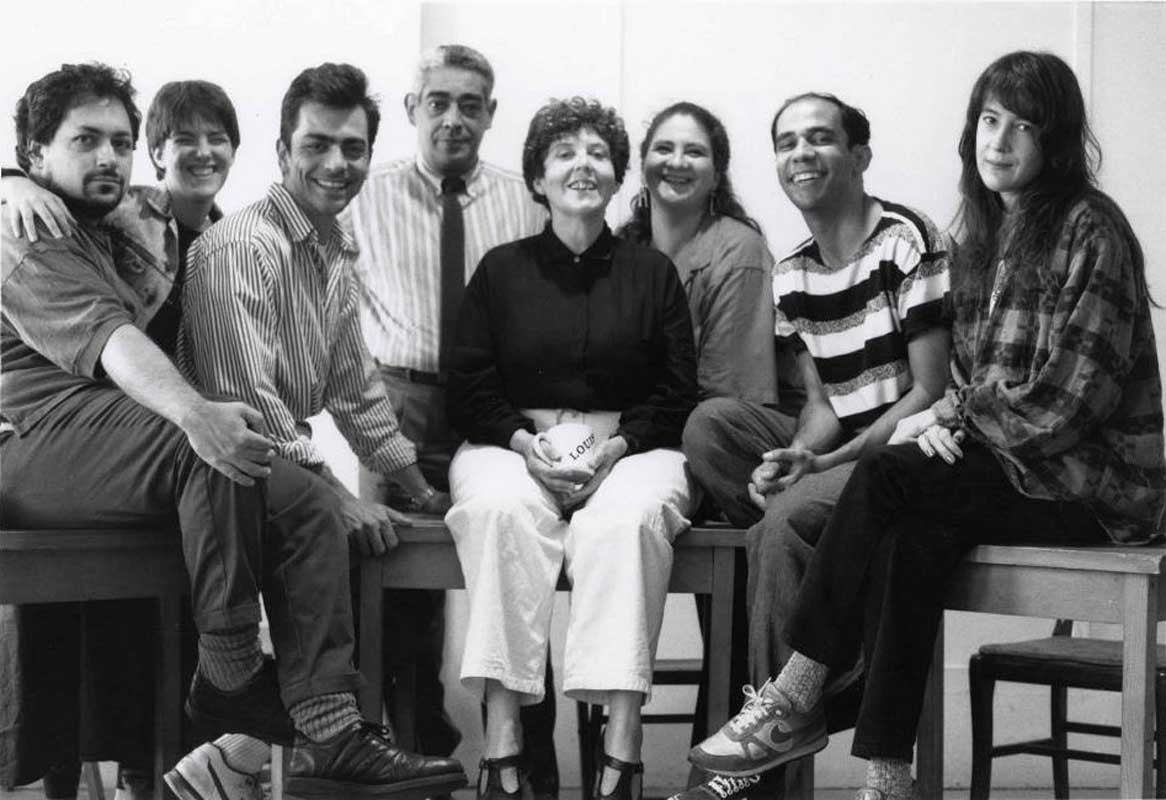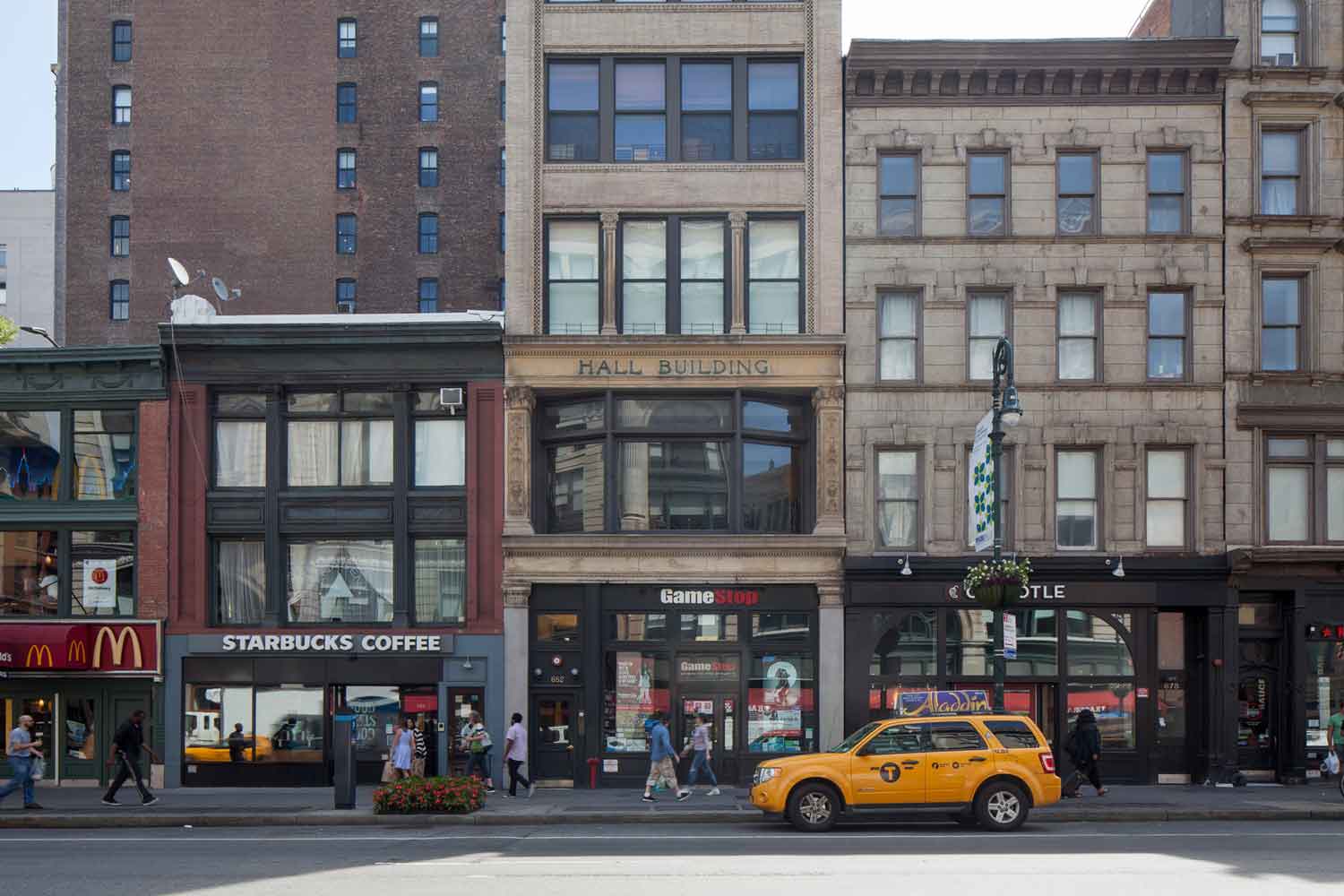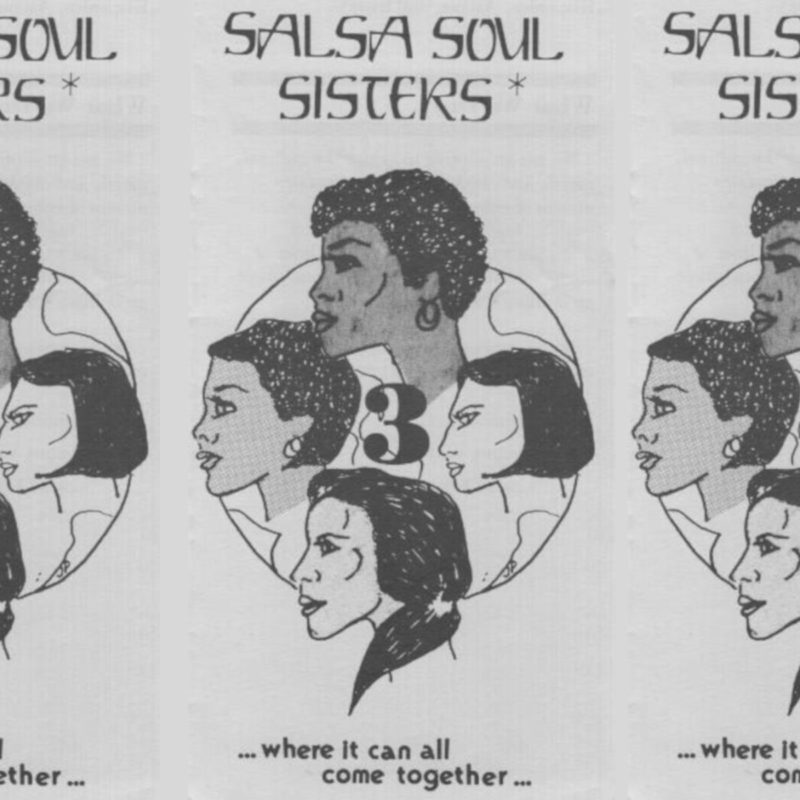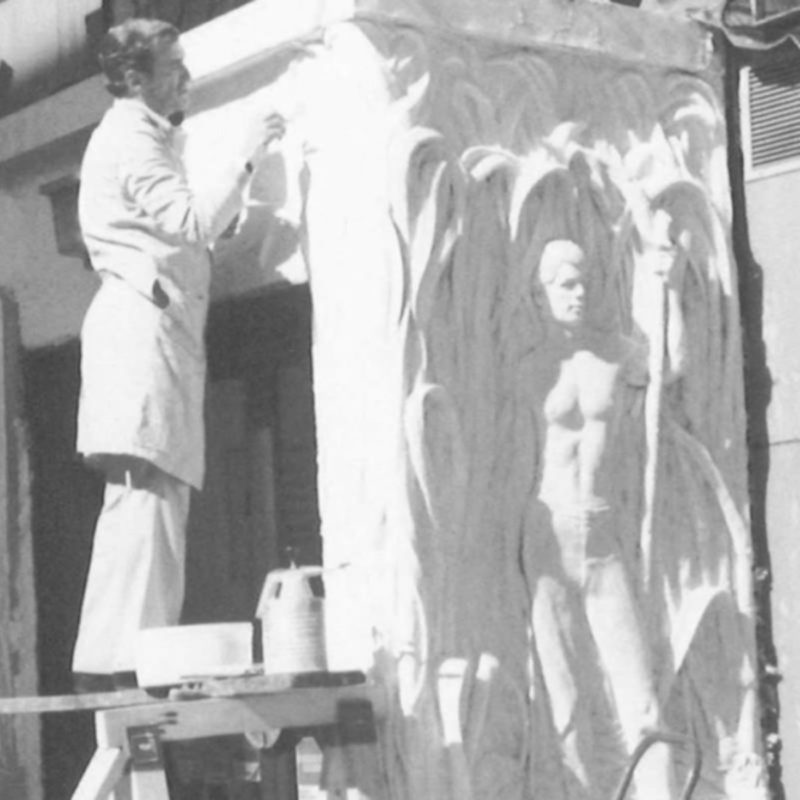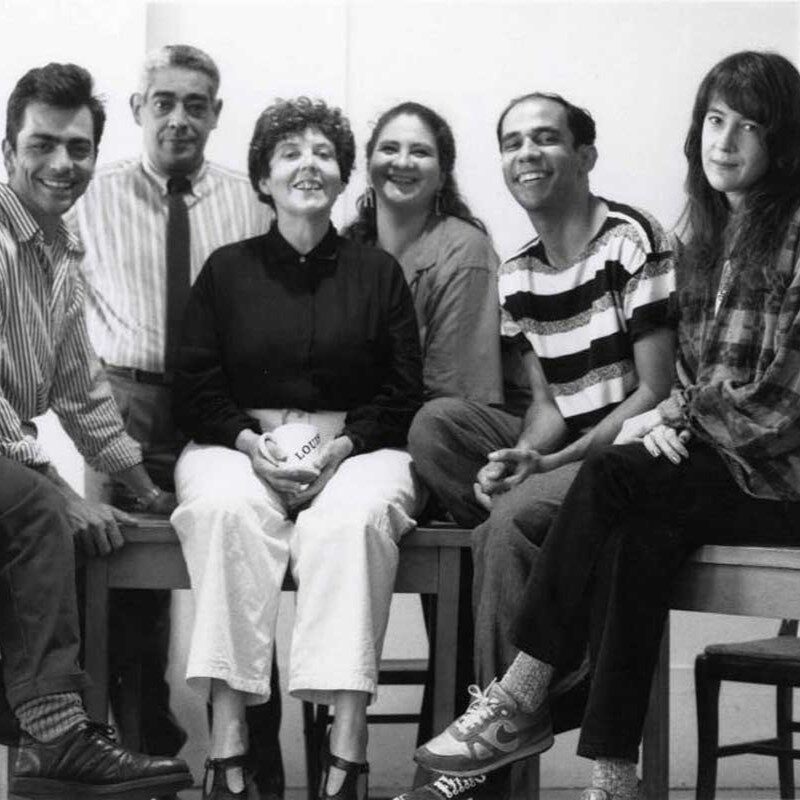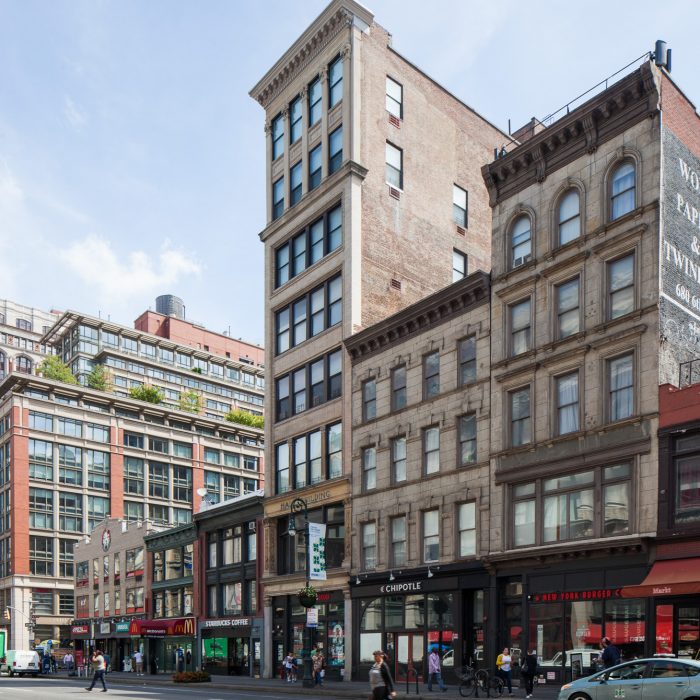
Asociación de Arte Latinoamericano (ADAL)
translated as Association of Latin-American Art; the company became INTAR (International Arts Relations) Hispanic American Arts Center after leaving this address
overview
For nearly 40 years, gay artistic director Max Ferrá led INTAR, a Latino theater company first known as Asociación de Arte Latinoamericano (ADAL) when it was located in this building from 1966 to 1971.
Under Ferrá, who was also a co-founder, the company became a major force in developing Hispanic-American theater talent, including original works by several notable LGBT playwrights.
History
In 1966, Cuban-born Max Ferrá (1937-2017) co-founded Asociación de Arte Latinoamericano (ADAL) in New York City with a group of Cuban and Puerto Rican writers and artists. ADAL, which in English translates to Association of Latin-American Art, was one of the city’s earliest visual and performing arts spaces for Latino artists who had little or no opportunities at other theater companies. Today it is known as INTAR (International Arts Relations) Hispanic American Arts Center.
We realized we wanted more than a 9-to-5 existence here in the United States of America. We wanted to create something on our own.
From 1966 to 1971, ADAL operated a 74-seat theater in a small loft space at 682 Sixth Avenue, an eight-story building in Chelsea. Productions of Spanish classics and other plays were performed in Spanish and took place on weekends. In July 1971, a rent increase forced the group to move to a tenement and garage at 508 West 53rd Street (demolished), which is when ADAL was renamed INTAR. Its theater is currently located at 500 West 52nd Street.
Under Ferrá, who was the founding artistic director until 2004, the company became a major force in developing and supporting original works by Latino theater artists. After leaving the Sixth Avenue address, INTAR began producing plays in English in response to the growing number of young Latino playwrights who were coming of age in this country. In 1986, Ferrá recalled, “What’s missing in Spanish-language theater is that it is still doing, mostly, the pieces from or about Argentina, Brazil, Chile, and so on of 20 years ago. They are not relevant to the United States. We needed to give voice to Hispanic Americans here.”
Significant LGBT playwrights associated with INTAR include Pulitzer Prize-winner Nilo Cruz; Cherrie Moraga; Manuel Puig; Carmelita Tropicana; Migdalia Cruz; Eduardo Machado, INTAR’s Artistic Director from 2004 to 2010; and Off-Off-Broadway pioneer Irene Fornés, who led the company’s Hispanic Playwrights in Residence Lab for nearly 14 years.
Entry by Amanda Davis, project manager (October 2017).
NOTE: Names above in bold indicate LGBT people.
Building Information
- Architect or Builder: Stephenson & Greene
- Year Built: 1897
Sources
Elisa de la Roche, Teatro Hispano!: Three Major New York Companies (Abingdon, UK: Taylor & Francis, 1995).
George Gent, “A Theatrical Haven for Spanish Art,” The New York Times, December 25, 1973, 26.
“History,” INTAR Theatre, accessed October 2017, bit.ly/2zyyhwF.
Howard Thompson, “Theater: Magic in the Intermission,” The New York Times, May 9, 1971, 61.
“INTAR Theatre Records, n.d., 1966-2004,” Cuban Heritage Collection, University of Miami Libraries, 2007.
Richard Sandomir, “Max Ferrá, A Trailblazer for Latino Theater, Dies at 79,” The New York Times, February 14, 2017.
Richard F. Shepard, “20 Years of Evolution for a Key Hispanic Theater,” The New York Times, February 9, 1986, H17. [source of both Ferrá quotes]
Do you have more information about this site?
This project is enriched by your participation! Do you have your own images of this site? Or a story to share? Would you like to suggest a different historic site?
